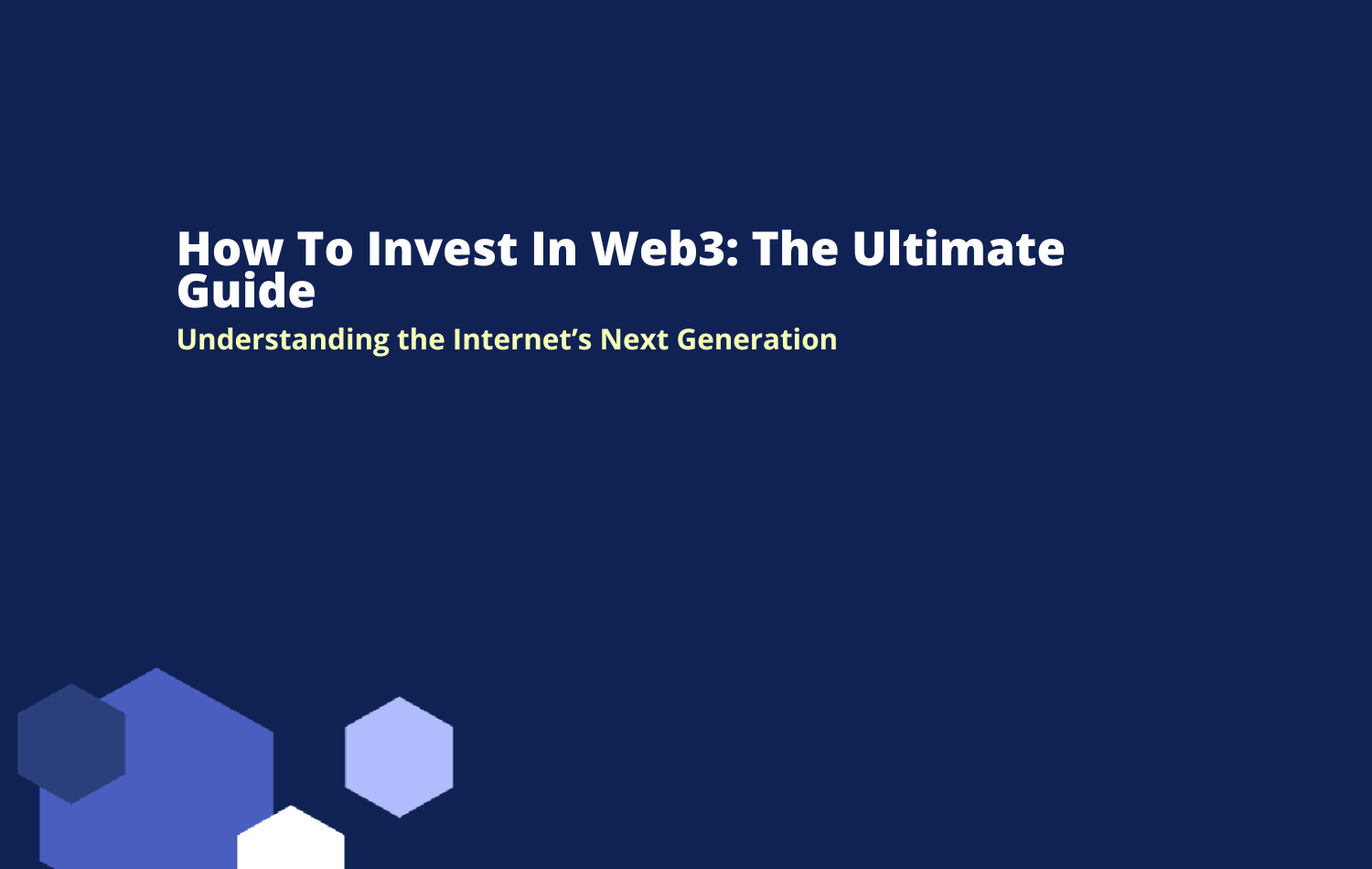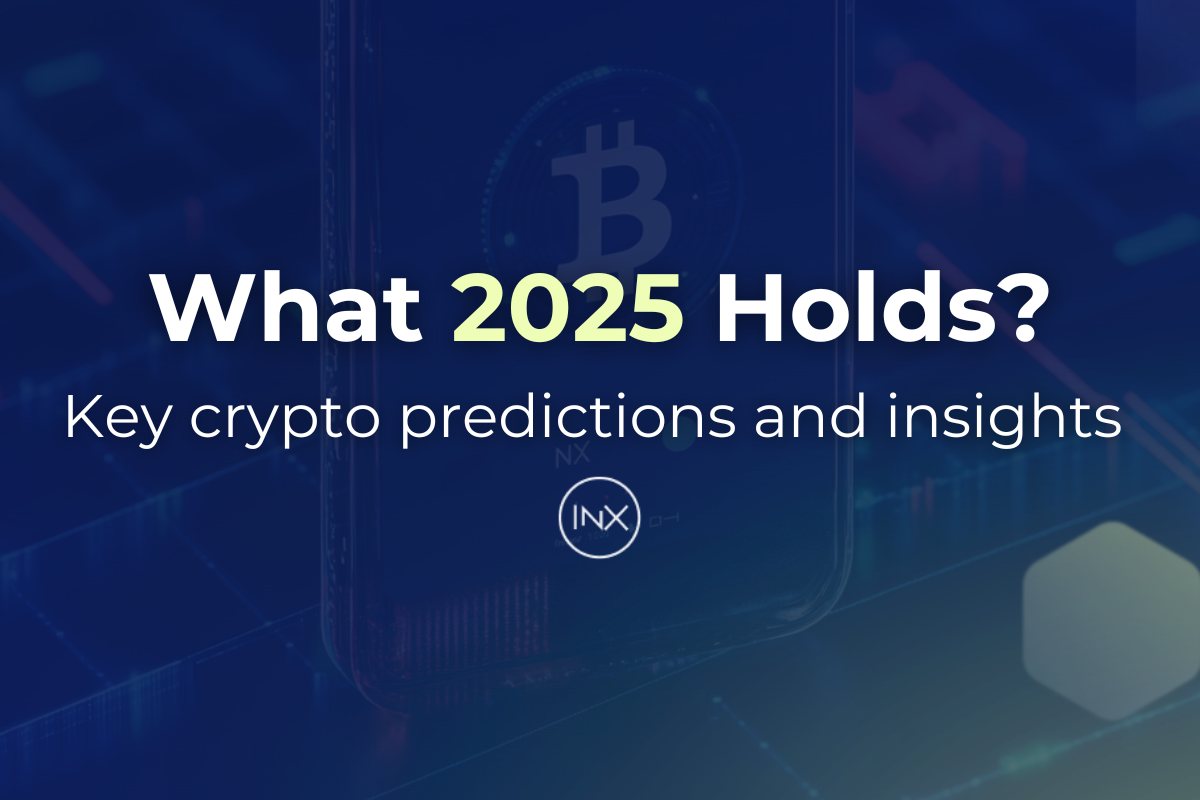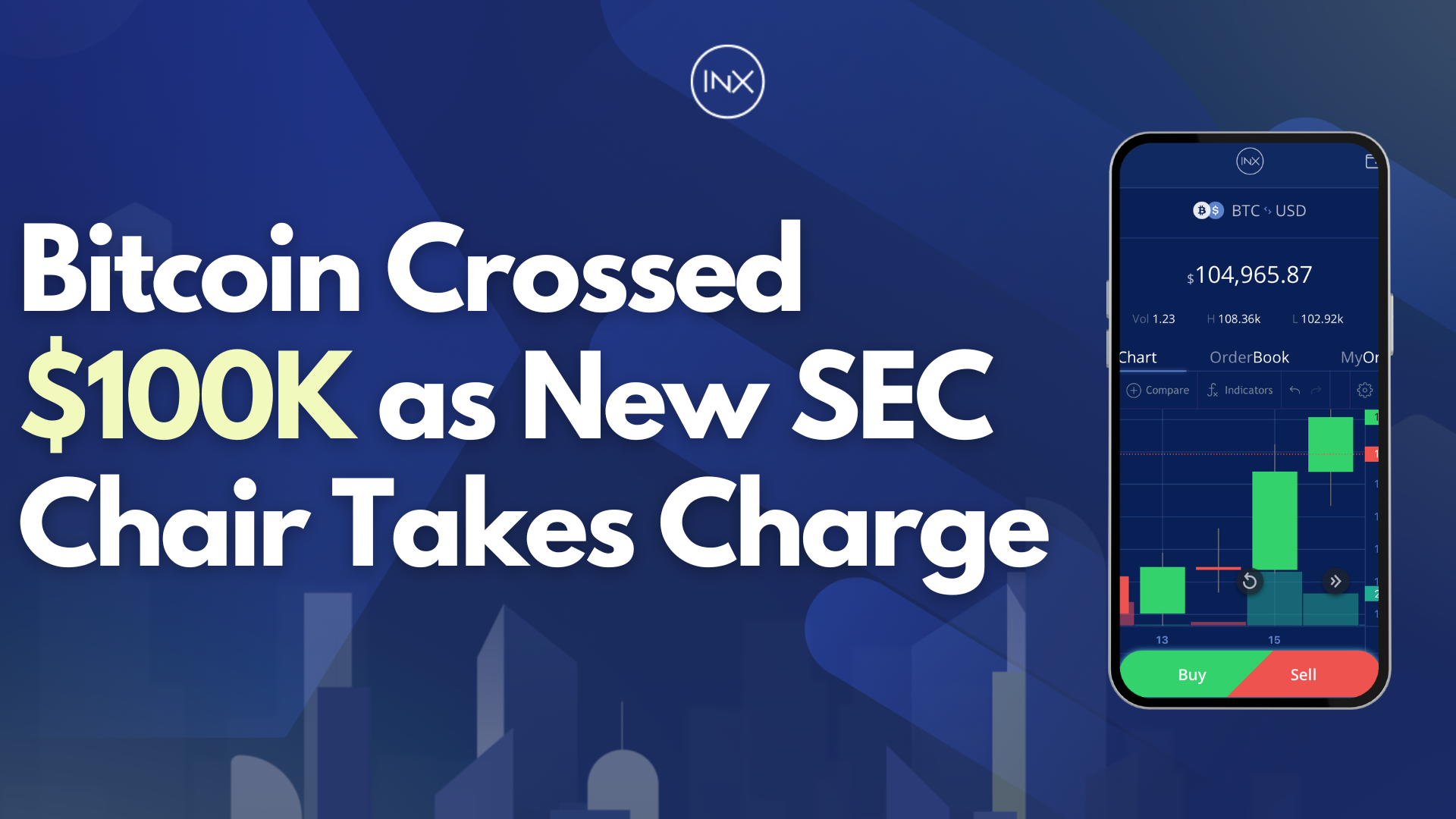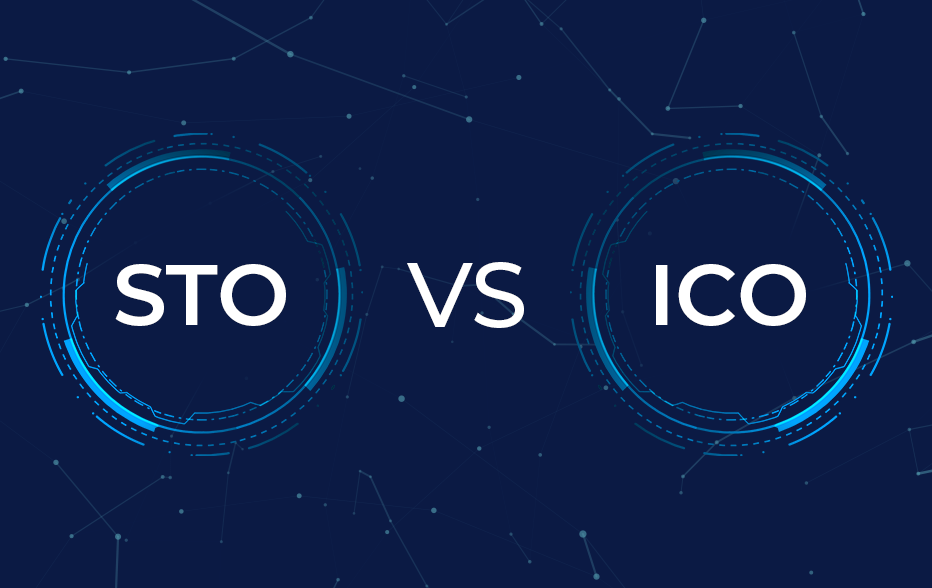How To Invest In Web3: The Ultimate Guide

Web3 and decentralized technologies are revolutionizing the way we think about money, assets, and ownership. What started off as a quest to create a digital form of currency has evolved far beyond and today encompasses applications like social media, streaming, the gig economy, ride-sharing, travel and so much more. Unlike the previous iterations of the internet, Web3 presents an opportunity to own digital assets directly, causing many curious minds to explore how to invest in web3.
The enterprising Web3 investor has many issues to consider, from understanding the Web3 ecosystem to identifying investment opportunities and managing risks. Yet as the world quickens its transition to the digital realm, understanding the core concepts underpinning Web3, and how to invest in this exciting space, has never been more crucial.
What is Web3? Understanding the Internet’s Next Generation
Web3 is a term used to describe the next evolution of the internet, where users have greater control over their data, identity, and digital assets. Built on the blockchain, Web3 allows users to interact with each other and exchange value without the need for intermediaries or third-party service providers.
A helpful way to distinguish between Web3 and its predecessors is by looking at the core functionality of each generation.
Web1 refers to the early days of the internet, before broadband and social media sites were commonplace. During the Web 1 days, users could mostly read the information on the internet.
Web2 saw the expansion of social media and user-generated content. Users could read the information on the internet, and also write their own contributions on various platforms.
Web3 takes the internet one step further by allowing users not only to read and write, but also to own digital assets directly, whether financial assets like currency or media assets like a song or a painting.
The Components of Web3: Protocols, Applications, and Assets
While Web3 might seem like a giant ecosystem at first glance, dividing Web3 into 3 components can help provide clarity on the sector as a whole. By understanding how these components work together, investors can gain insight into the opportunities and risks associated with investing in Web3.
- Protocols: The building blocks of Web3, protocols offer a framework for developers to build decentralized applications (dApps) that operate without the need for intermediaries or third-party service providers. Ethereum, Polkadot, and Binance Smart Chain are some of the most popular Web3 protocols used to build dApps. Each protocol has its own programming language, consensus mechanism and governance system by which upgrades to the protocol are proposed and implemented.
- Applications: Web3 applications, or dApps, are software applications that run on a decentralized network. They enable users to interact with each other and exchange value without relying on a centralized intermediary. Examples of Web3 applications include decentralized finance (DeFi) platforms like Uniswap and Aave, non-fungible token (NFT) marketplaces like OpenSea and Rarible, and social networks like Lens and Peepeth.
- Assets: Both protocols and applications usually have a digital asset associated with them. For example, Ethereum has the Ether utility token, while Uniswap has the UNI governance token. However, when we’re talking about Web3 assets, we also refer to standalone assets like NFTs.
Building Your Web3 Portfolio with INX
The INX.One platform is a licensed, user-friendly gateway into the world of Web3. Invest in Bitcoin, ETH, cryptocurrencies, and security tokens from a single location. To start investing in web3 with INX, follow these 3 steps:
1) Create and verify an account.
2) Fund your account with no minimum fee to invest.
3) Place an order on the digital asset of your choice.
Investors can choose to invest via the INX website or through the user-friendly INX app makes buying and selling straightforward for seasoned investors and crypto newcomers.
Opening your Web3 Wallet
In order to store your digital assets properly, you’ll need a Web3 wallet. A Web3 wallet is a digital wallet that stores your cryptocurrency and allows you to interact with decentralized applications (dApps) on the blockchain. To open a Web3 wallet, you need to follow these general steps:
- Choose a Web3 wallet provider: There are several Web3 wallet providers available, including Metamask, MyEtherWallet, Trust Wallet, and Coinbase Wallet.
- Download and install the wallet software: Once you have selected your preferred wallet provider, download and install the wallet software on your device.
- Create a new wallet or import an existing one: If you are new to Web3 wallets, you can create a new wallet by following the prompts provided by the wallet provider. Alternatively, if you already have an existing Web3 wallet, you can import it by following the instructions provided by the wallet provider.
- Backup your wallet: After creating or importing your wallet, you should take steps to secure it, such as setting up two-factor authentication, creating a strong password, and storing your recovery phrase in a safe place.
Risks and Challenges of Web3 Investing
While investing in Web3 can be a potentially lucrative opportunity, there are also significant risks and challenges that must be considered. One of the key challenges of Web3 investing is understanding the risks and limitations of the underlying technologies, including blockchain and smart contracts. Regulatory challenges and legal issues in the Web3 space can also pose risks for investors. In addition, securing and protecting Web3 assets from theft and fraud can be a major concern, as the decentralized nature of the Web3 ecosystem makes it more susceptible to attacks and hacks.
Web3 Rising
With the continued growth and development of blockchain technology and decentralized applications, the opportunities for investors in Web3 are endless. However, it’s important to approach Web3 investments with caution, doing your due diligence and being mindful of the risks involved. By staying up-to-date on the latest trends and developments in the Web3 space, and carefully selecting your investments, you can position yourself to reap the rewards of this exciting new era of decentralized technology.
David Azaraf March 27, 2023
Crypto enthusiast, help businesses plug into the token economy






